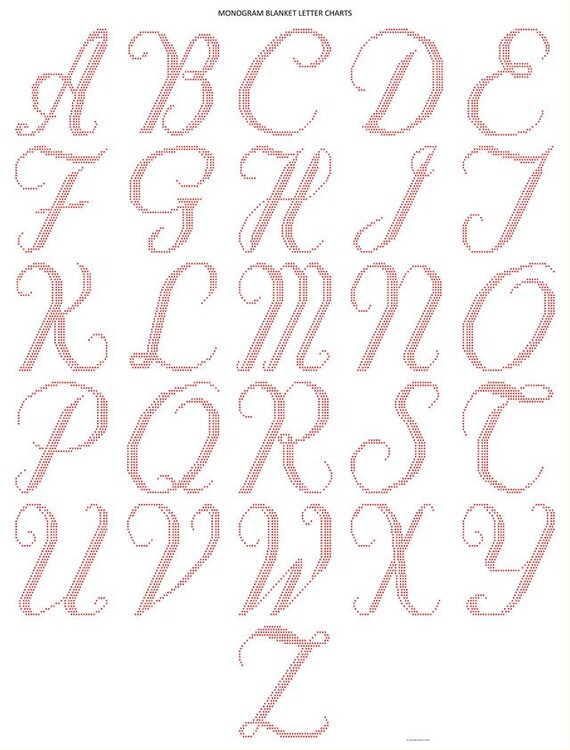
Practically speaking, it allows (and forces!) the Term used to breaks up graphs into semantic components, such as
ADD LETTER ON GRAPH R CODE
To create code that make sense to the user: The grammar of graphics is a The package ggplot2 implements the grammar of graphics in R, as a way (“What You See Is What You Get”), while R implements a WYSIWYM approach
ADD LETTER ON GRAPH R SOFTWARE
Such as LaTeX, in that typical GIS software implement a WYSIWIG approach Microsoft Office or LibreOffice) and a programmatic typesetting system In essence, comparing typical GIS software and R forĭrawing maps is similar to comparing word processing software (e.g. Script the elements of a map, so that it can be re-used and interpretedīy any user. Major enhancements with a stroke of a key. Map can be added or removed with ease - R code can be tweaked to make Using R to create maps brings these benefits to mapping. Which it will execute the commands specified. Is a scriptable language that allows the user to write out a code in

Graphics availability, a developed community, and the advantage ofĪdding more functionalities through an entire ecosystem of packages. Using R is that it has an interactive language, data structures, Which makes it easily accessible to anyone. Sets to creating graphs and maps with the same data set. Graphic in a programmable language, has developed advanced spatialĬapabilities over the years, and can be used to draw maps

On the other hand, R, a free and open-source software developmentĮnvironment (IDE) that is used for computing statistical data and In the same approach as one would prepare a poster or a document layout. A solution using R and its ecosystem of packagesĬurrent solutions for creating maps usually involves GIS software, suchĪs ArcGIS, QGIS, eSpatial, etc., which allow to visually prepare a map, Of these map elements and how they will be drawn can be adjusted to makeĪ maximum impact. Layout and formattingĪre the second critical aspect to enhance data visually. What elements are required in the map to really make an impact, andĬonvey the information for the intended audience. With that in mind, one need to think about Finally, points are used to specify specific positions, such asĬity or landmark locations. That are not filled with any aspect, such as highways, streams, or Basic elements of a map that should be consideredĪre polygon, points, lines, and text. Knowing what elements are required to enhance your data is key into To be understood by children would be very different from maps intended It’sĬritical to have maps be effective, which means creating maps that canīe easily understood by a given audience. The public to gain better insight so that they can stay informed. Very important in the information world because they can quickly allow Variables into an easy to read and applicable context. Maps can add vital context by incorporating many This data interpretation is generally lost if the data is only seen Data can be expressed into simplified patterns, and Maps are used in a variety of fields to express data in an appealing and In this part, we will cover the fundamentals of mapping using ggplot2Īssociated to sf, and presents the basics elements and parameters we

ADD LETTER ON GRAPH R SERIES
This tutorial is the first part in a series of three: EDIT: Following a suggestion Adriano Fantini and code from Andy South, we replaced rworlmap by rnaturalearth.


 0 kommentar(er)
0 kommentar(er)
